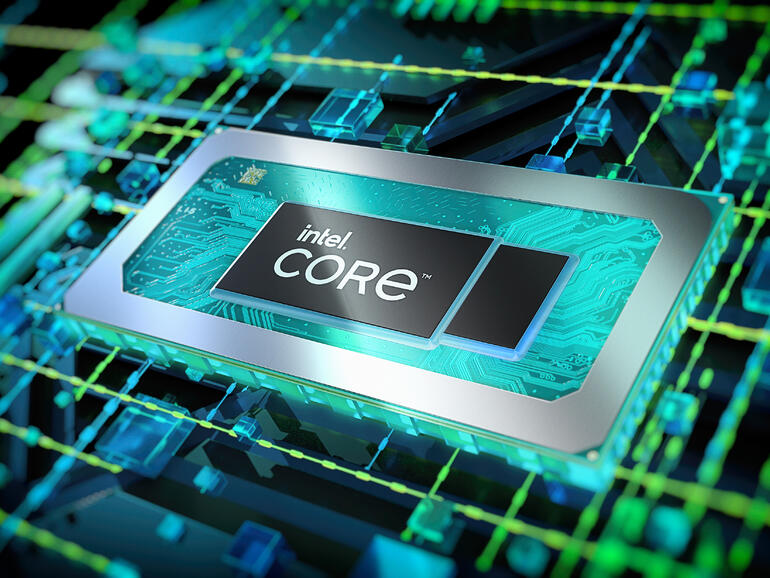At the CES exhibition in the early hours of this morning, Intel also released a large wave of new products, including the new ARC graphics card, the 12th generation Core desktop version and the 12th generation Core mobile version, which are divided into the 45W H series for the main game book and the 28W P series for the all-rounder. , There are three major categories of 15/9W U series for thin and light notebooks, with a total of 28 models and a strong lineup.
The performance of the 45W Core H series is naturally the most powerful. The top i9-12900HK and i9-12900H are 6 large, 8 small, 14 cores and 20 threads, 24MB three-level cache, large core frequency 2.5-5.0GHz, small core frequency 1.8 -3.8GHz, integrated nuclear display 96 units, 1.45GHz, the maximum acceleration power consumption can reach 115W.
In addition, the 12th generation Core mobile version also supports DDR5 memory, but the desktop version of PCIe 5.0 has been cut off, and only supports PCIe 4.0/3.0, of which PCIe 4.0 x8 is for discrete graphics, two PCIe 4.0 x4 for solid-state drives, and PCIe 3.0 x12 for extended peripherals.

The architecture of the mobile version and the desktop version are the same. There is no problem with supporting PCIe 5.0 technically. Why doesn’t Intel do this? For this problem, Intel gave a simple and direct explanation-no one needs to support PCIe 5.0 on a laptop.
As for why it is not needed, there is no reason for this, because there is no device that supports PCIe 5.0 on the notebook, and there are no graphics cards and SSDs. The desktop version of Core Duo has some PCIe 5.0 hard drives that can be expected anyway.
The 12th-generation Core Mobile Edition cut PCIe 5.0, but Intel is still likely to add PCIe 5.0 back in the 13th-generation Core Mobile Edition. This will come early next year, when PCIe 5.0 equipment options will increase.


